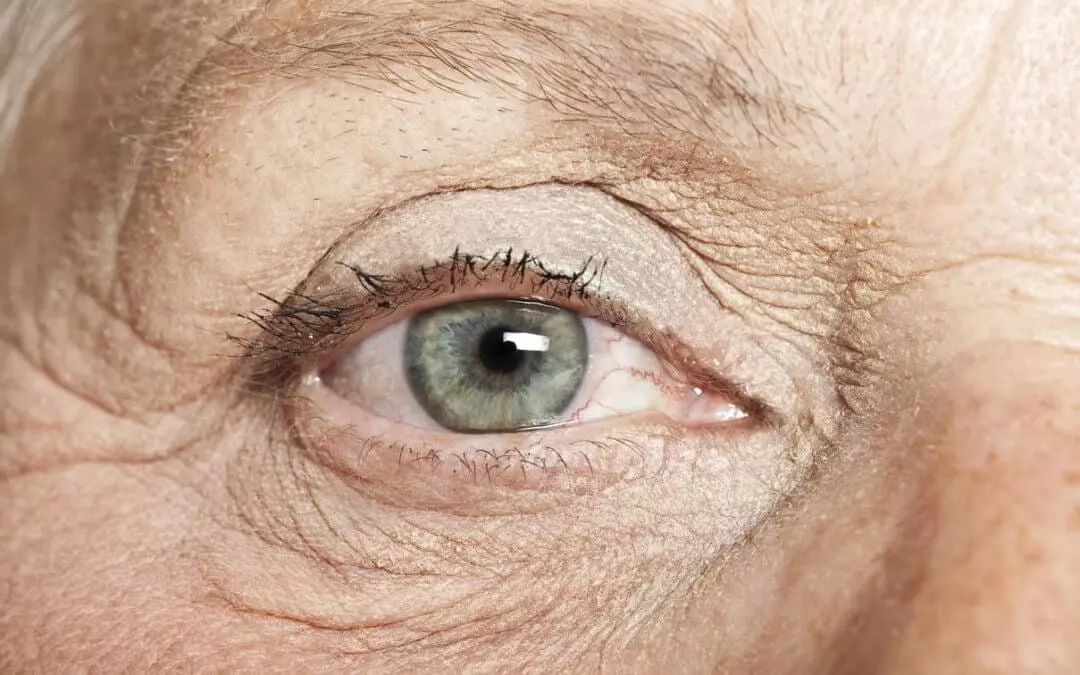Pink eye, medically known as conjunctivitis, is a common childhood ailment. Unfortunately, misinformation about this condition often increases the risk of disease transmission, complicates diagnosis, and discourages patients from seeking treatment.
It’s important for adults, especially parents, to be able to distinguish between the facts and fiction of conjunctivitis to prevent the spread of common myths.
1. All Types of Pink Eye Are Contagious
One of the most common and most harmful misconceptions about pink eye is that there’s only one, highly contagious type. Pink eye actually has numerous causes, including allergies, exposure to chemical fumes, advanced dry eye, and infections.
Pink eye caused by an infection may result from a virus, usually an adenovirus or herpes virus, or from bacteria. Only bacterial pink eye is contagious. An eye doctor can determine the cause of the condition and let you know whether or not you’re contagious.
Even with bacterial pink eye, patients can usually return to school or work one day after starting antibiotic treatment.
2. Any Pinkness Points to Pink Eye
Many individuals believe that any pink or red discoloration in the eye area indicates the presence of pink eye. However, the term “pink eye” applies only to coloration changes of the eyeball itself. Redness around the eye, which may be referred to as “red eye,” is not necessarily related to pink eye.
Often, red eye results from eyeball injuries, like corneal abrasions. In certain serious cases, redness around the eye comes from an infection in the eye socket or the progression of glaucoma. If you experience both pink and red eye simultaneously or experience persistent red eye, consult with an optometrist.
3. Conjunctivitis Only Affects Children
Pink eye is particularly common among children. However, pink eye can affect anyone. The high rate of infection among children usually results from kids not taking the same precautions against the condition as adults.
To protect yourself and your children against pink eye, always wash up before handling anything that comes close to your eyes, like contact lenses. Additionally, avoid sharing eyeliner, contact lenses, and contact solution to reduce the risk of infection.
4. Crude Pranks Can Cause Pink Eye
Bacterial pink eye can occur due to exposure to a number of different bacteria, including staph. Some types of bacteria that can lead to pink eye are found naturally in the human body. For example, staph can live in the nose, so a child who picks his or her nose could unwittingly transfer the bacteria to the eye area.
These bacteria can also be found in fecal matter, and this fact has led to the myth that if someone were to release gas onto a pillowcase, a person who uses the pillowcase later will contract pink eye.
However, flatulence is primarily methane gas and does not contain bacteria. Additionally, bacteria die quickly outside the body, so unless someone laid down on the pillowcase immediately after it had been exposed to bacteria, the sleeper would be at no risk for pink eye.
5. Infection Can Happen at First Sight
One of the most persistent myths about pink eye is that an infected individual can transmit the disease with a single glance. However, no disease can be passed via eye contact, including pink eye.
This myth can also include the idea that being in a large group of people makes it easier for pink eye to spread. However, because no type of pink eye is airborne, being in a crowd does not significantly raise the risk of contracting pink eye.
6. Objects That Come in Close Contact Must Go
When you notice discoloration of your eye, your first response may be to get rid of anything that came close to the eye area, including bed linens, beauty tools, and clothing items. This drastic measure is rarely necessary.
Your eye doctor may recommend getting rid of your contact lenses and any contaminated contact solution, as well as eyeliner and mascara used while your eye was affected. He or she may also suggest that you wash the linens and clothes you’ve used recently to kill any lingering bacteria.
However, if your pink eye is caused by allergies or exposure to irritants, you may simply need to stop wearing contact lenses and eye makeup until the inflammation subsides.
7. Pink Eye Can Cause Blindness
While pink eye can be embarrassing and uncomfortable, the condition is not dangerous on its own. In fact, many cases of pink eye go away without treatment in one to two weeks.
If you experience unusual symptoms, consult with an eye health professional to determine whether the pink eye is related to or contributing to a more serious condition. These serious symptoms may include fever, rash, persistent headache, nausea, or changes in eye discharge.
If you have questions about inflammation of your or your child’s eye, see an eye doctor as soon as possible. Visit the All About Eyes location nearest you to receive a diagnosis and recommendations based on your symptoms.

